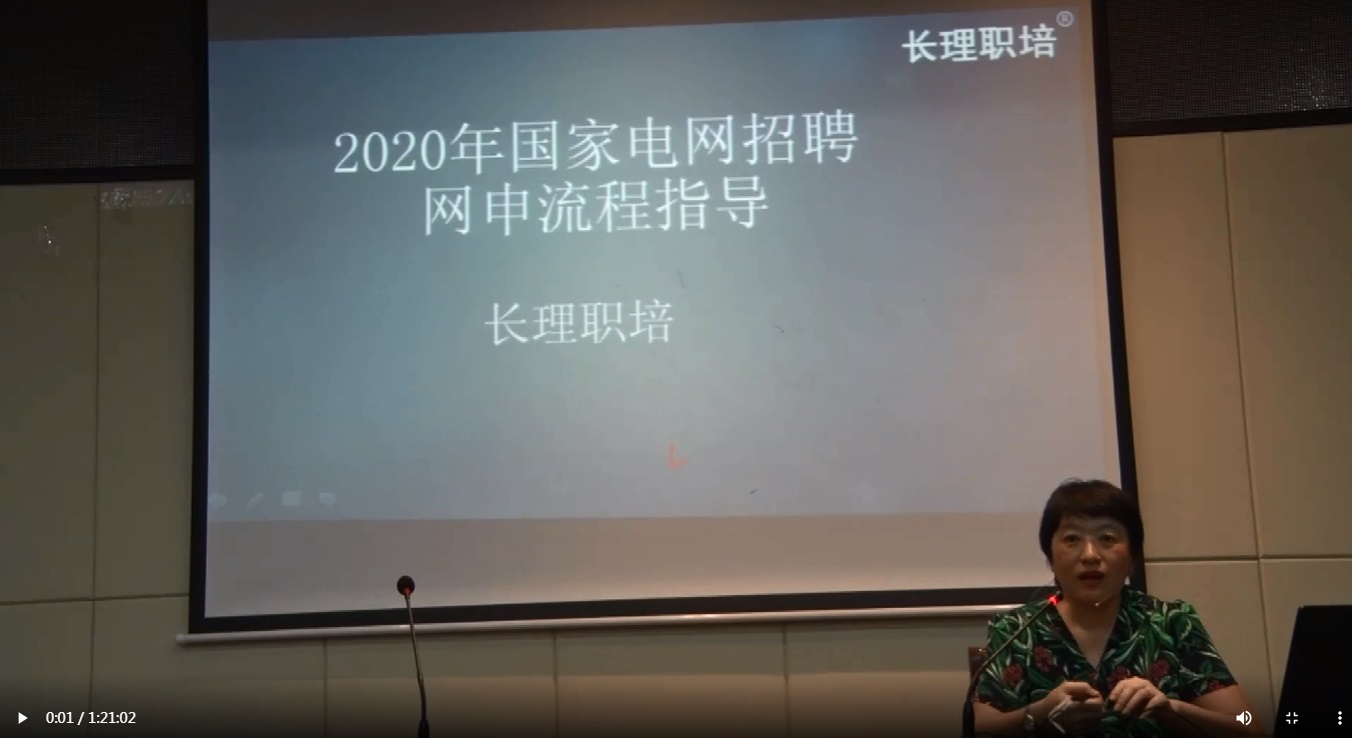状语从句指句子用作状语时,起副词作用的句子。它可以修饰谓语、非谓语动词、定语、状语或整个句子。
根据其作用可分为时间、地点、原因、条件、目的、结果、让步、方式和比较等从句。状语从句一般由连词(从属连词)引导,也可以由词组引起。从句位于句首或句中时通常用逗号与主句隔开,位于句尾时可以不用逗号隔开。
让步状语从句
(1)although与though可以引导让步状语从句,不能与but连用,但可以与yet连用。
Although they are poor,(yet)they are warm-hearted.
(2)even if或even though引导让步状语从句,表示“即使”,““纵然”,用来使人注意下文所强调内容的性质。
I‘ll get there even if(though)I have to sell my house to get enough money to go by air.
(3)no matter后接上who、what、where、how等疑问词,也可以在这类疑问词后面加上ever构成whoever、whatever、wherever、however等。
Don’t trust him,no matter what/whatever he says.
Whoever breaks the law will be published.
No matter how hard the work is,you‘d better try to do it well.
(4)as也可以引导让步状语从句,要用倒装。
Child as(though)he is,he knows a lot.
Much as I like it,I won’t buy.
Try as he would,he couldn‘t lift the heavy box.
时间状语从句
(1)as、when、while
as表示“当……的时候”,往往和when/while通用,但它着重强调主句与从句的动作或事情同时或几乎同时发生。
She came up as I was cooking.(同时)
The runners started as the gun went off.(几乎同时)
when:(at or during the time that)既可以表示在某一点的时候,又可表示在某一段时间内,主句与从句的动作或事情可以同时发生也可以先后发生。
It was raining when we arrived.(指时间点)
When we were at school,we went to the library every day.(在一段时间内)
while意思是“当……的时候”或“在某一段时间里”。主句中的动作或事情在从句中的动作或事情的进展过程中发生,从句中的动词一般要用延续性动词。在when表示a period of time时,两者可以互换。
Please don’t talk so loud while others are working.
He fell asleep while/when reading.Strike while the iron is hot.(用as或when不可,这里的while意思是“趁……”)
(2)引导时间状语从句的连接词除上述外还有:
①till、not…until…、until、before、since
Don‘t get off the bus until it has stopped.
He waited for his father until(till)it was twelve o’clock.
It will be five years before he returns from England.
根据其作用可分为时间、地点、原因、条件、目的、结果、让步、方式和比较等从句。状语从句一般由连词(从属连词)引导,也可以由词组引起。从句位于句首或句中时通常用逗号与主句隔开,位于句尾时可以不用逗号隔开。
让步状语从句
(1)although与though可以引导让步状语从句,不能与but连用,但可以与yet连用。
Although they are poor,(yet)they are warm-hearted.
(2)even if或even though引导让步状语从句,表示“即使”,““纵然”,用来使人注意下文所强调内容的性质。
I‘ll get there even if(though)I have to sell my house to get enough money to go by air.
(3)no matter后接上who、what、where、how等疑问词,也可以在这类疑问词后面加上ever构成whoever、whatever、wherever、however等。
Don’t trust him,no matter what/whatever he says.
Whoever breaks the law will be published.
No matter how hard the work is,you‘d better try to do it well.
(4)as也可以引导让步状语从句,要用倒装。
Child as(though)he is,he knows a lot.
Much as I like it,I won’t buy.
Try as he would,he couldn‘t lift the heavy box.
时间状语从句
(1)as、when、while
as表示“当……的时候”,往往和when/while通用,但它着重强调主句与从句的动作或事情同时或几乎同时发生。
She came up as I was cooking.(同时)
The runners started as the gun went off.(几乎同时)
when:(at or during the time that)既可以表示在某一点的时候,又可表示在某一段时间内,主句与从句的动作或事情可以同时发生也可以先后发生。
It was raining when we arrived.(指时间点)
When we were at school,we went to the library every day.(在一段时间内)
while意思是“当……的时候”或“在某一段时间里”。主句中的动作或事情在从句中的动作或事情的进展过程中发生,从句中的动词一般要用延续性动词。在when表示a period of time时,两者可以互换。
Please don’t talk so loud while others are working.
He fell asleep while/when reading.Strike while the iron is hot.(用as或when不可,这里的while意思是“趁……”)
(2)引导时间状语从句的连接词除上述外还有:
①till、not…until…、until、before、since
Don‘t get off the bus until it has stopped.
He waited for his father until(till)it was twelve o’clock.
It will be five years before he returns from England.
编辑推荐:
下载Word文档

温馨提示:因考试政策、内容不断变化与调整,长理培训网站提供的以上信息仅供参考,如有异议,请考生以权威部门公布的内容为准! (责任编辑:长理培训)






















点击加载更多评论>>